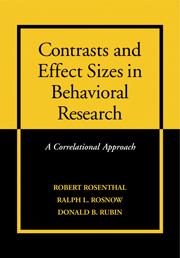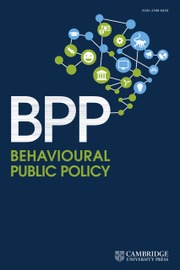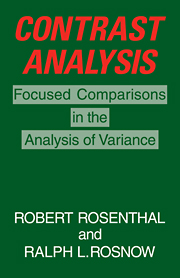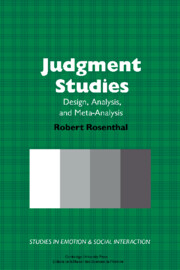Contrasts and Effect Sizes in Behavioral Research
Contrasts are statistical procedures for asking focused questions of data. Compared to diffuse or omnibus questions, focused questions are characterized by greater conceptual clarity and greater statistical power when examining those focused questions. If an effect truly exists, we are more likely to discover it and to believe it to be real when asking focused questions rather than omnibus ones. Researchers, teachers of research methods and graduate students will be familiar with the principles and procedures of contrast analysis, but will also be introduced to a series of newly developed concepts, measures, and indices that permit a wider and more useful application of contrast analysis. This volume takes on this new approach by introducing a family of correlational effect size estimates.
- Comprehensive introduction to contrast analysis
- First presentation of concepts, measures, and indices developed specifically for this book
- Rosenthal extremely well-known
Reviews & endorsements
'A milestone. Contrasts and Effect Sizes in Behavioural Research is bound to remain the definitive word on contrast analysis for many years to come.' Miron Zuckerman, University of Rochester
'Contrasts and Effect Sizes in Behavioural Research … is a masterpiece of careful exposition. It introduces a framework and terminology for thinking of concepts that will be familiar to anyone who has struggled with the issues of how to represent effects in diverse research literatures, e.g., anyone who has ever done a mata-analysis. It fills a nees that I and others have observed over the years for a careful treatment of computing effect sizes from the diverse and complex designs one finds in behavioural research.' Larry Hedges, University of Chicago
Product details
May 2000Paperback
9780521659802
224 pages
254 × 177 × 17 mm
0.446kg
4 b/w illus. 68 tables
Available
Table of Contents
- 1. Basic concepts of focused procedures
- 2. Basic procedures for two groups
- 3. One-way contrast analysis
- 4. Contrasts in factorial designs
- 5. Contrasts in repeated measures
- 6. Multiple contrasts.










